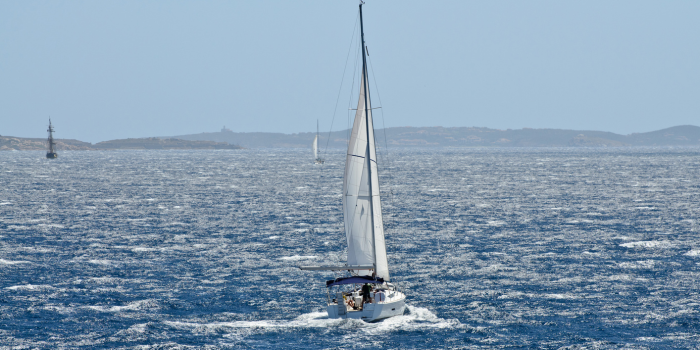Understanding the Beaufort Scale: Measuring Wind Speed
The Beaufort scale, introduced by Admiral Sir Francis Beaufort in 1805, is an empirical system that correlates wind speed with observed sea conditions or on land. Originally developed to assist sailors in estimating wind forces based on visual cues, when no measuring instruments were to hand, the scale ranges from 0 (calm) to 12 (hurricane-force winds).
The scale is standardised for wind speed measurements taken at a height of 10 metres above sea level. In current meteorological practice, the scale is not in common use, with manual or digital instruments being favoured. Although precise instruments, anemometers, are used to measure wind speed, the Beaufort scale is still useful for assessing wind with no instruments and is in use for marine forecasts to communicate expectations.
Each level of Beaufort scale corresponds to specific wind speed ranges and observable effects. For example:
-Beaufort 0 (Calm): Wind speeds less than 1 knot; smoke rises vertically
-Beaufort 6 (Strong Breeze): Wind speeds between 22-27 knots; largest branches sway, and umbrellas are challenging to use.
-Beaufort 12 (Hurricane): Wind speeds of 64 knots and above; widespread structural damage occurs.
Several anemometers in our product range feature a visual Beaufort scale display on the device such as:
Enhanced Handheld Anemometer EA3010
Explore Skyview's range of anemometers and with the purchase of any of the products listed above, receive a complimentary Beaufort wind speed scale card to enhance your wind speed assessments and help to quickly interpret wind conditions at a glance. Perfect for outdoor enthusiasts, sailors and professionals alike.


